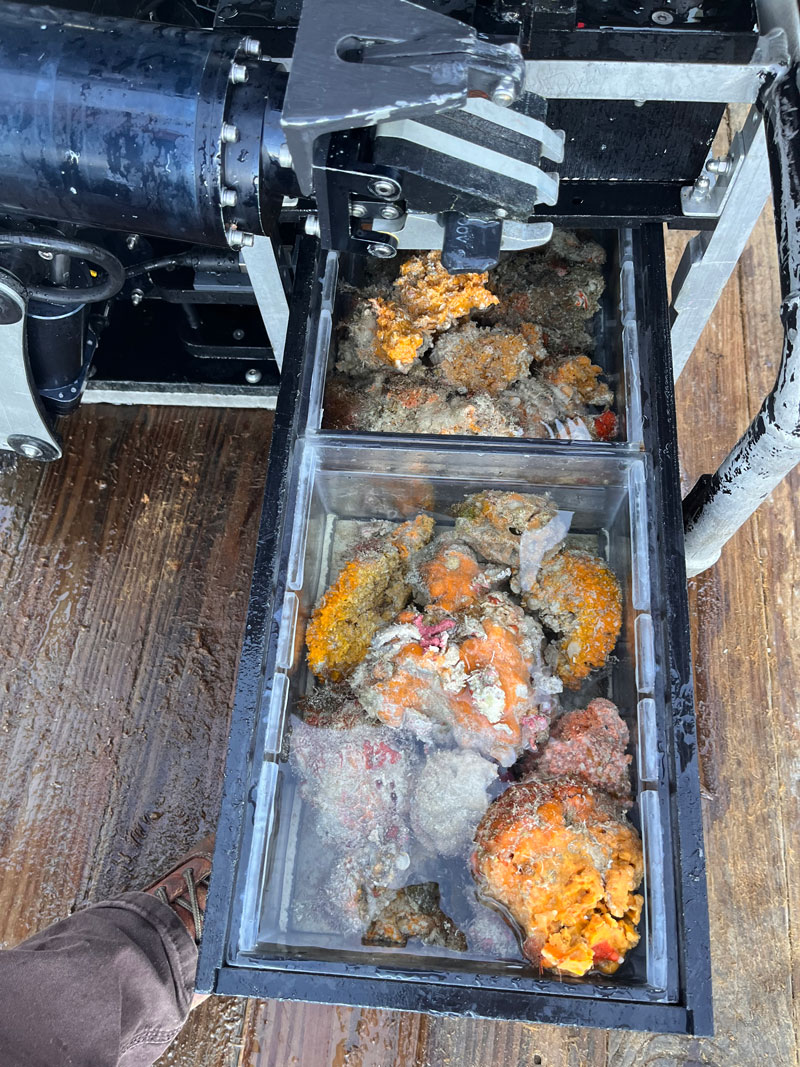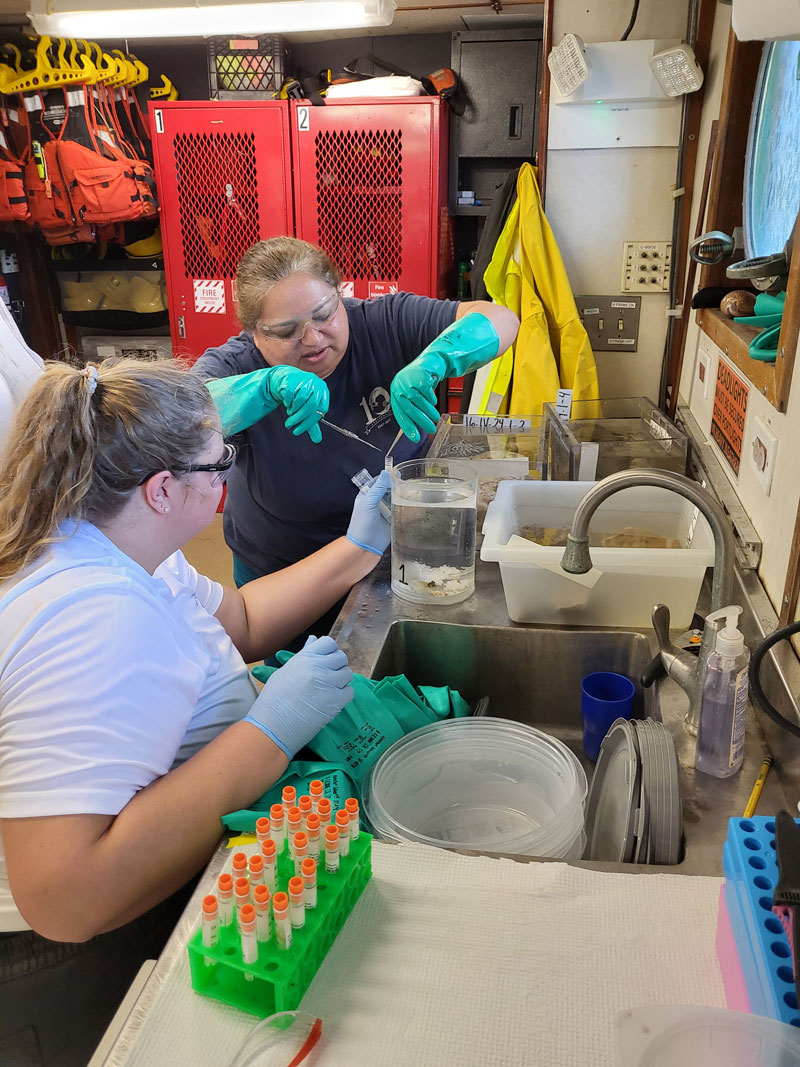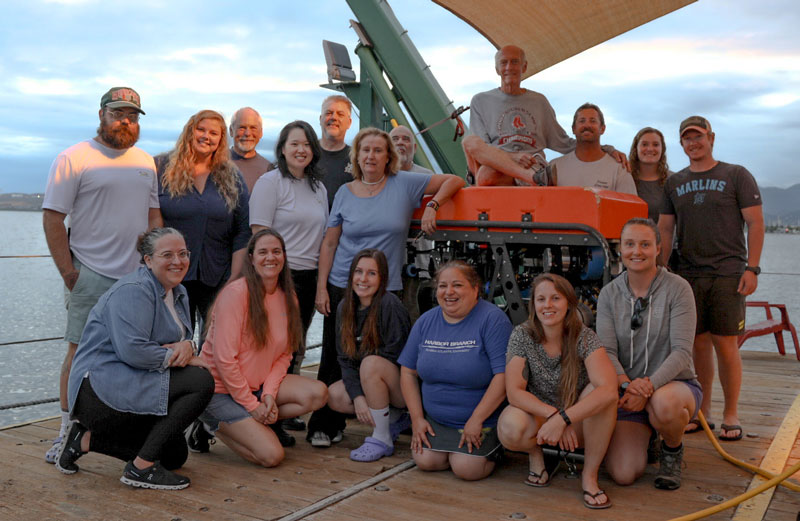
Exploration of Deepwater Habitats off Puerto Rico and the U.S. Virgin Islands for Biotechnology Potential
Past Expedition
Overview
April 10-21, 2024, a research team led by scientists at Florida Atlantic University’s Harbor Branch Oceanographic Institute (HBOI) explored marine habitats in deepwater areas around Puerto Rico. Using a Mohawk remotely operated vehicle (ROV), they sought out marine organisms (e.g., sponges, corals, and microorganisms) that may contain natural products that can be developed into useful pharmaceutical products.
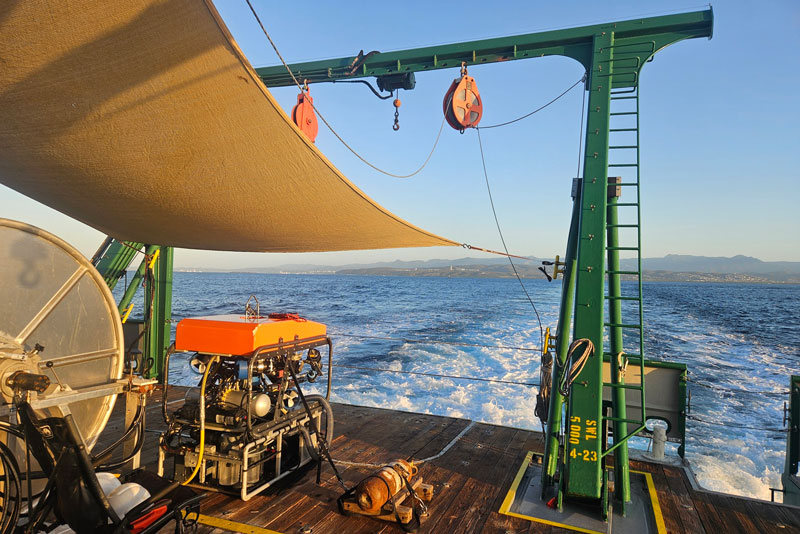
Download largest version (jpg, 2.2 MB).
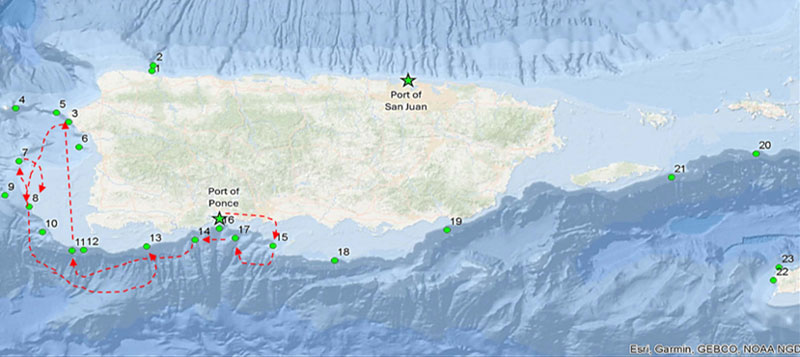
Download largest version (jpg, 238 KB).
During the expedition, the team conducted 16 successful ROV dives — as many as three a day — to depths that ranged from 70 to 505 meters (230 to 1,657 feet), collecting video, still photos, and samples. Team members included a sponge expert and a coral expert. From their monitors in the ship’s control room, they watched video of the dives, looking for sponges and gorgonian corals, and collecting those that either were different from past collections or that are known to have rich chemistry in the hopes of finding some that have benefits to human health.
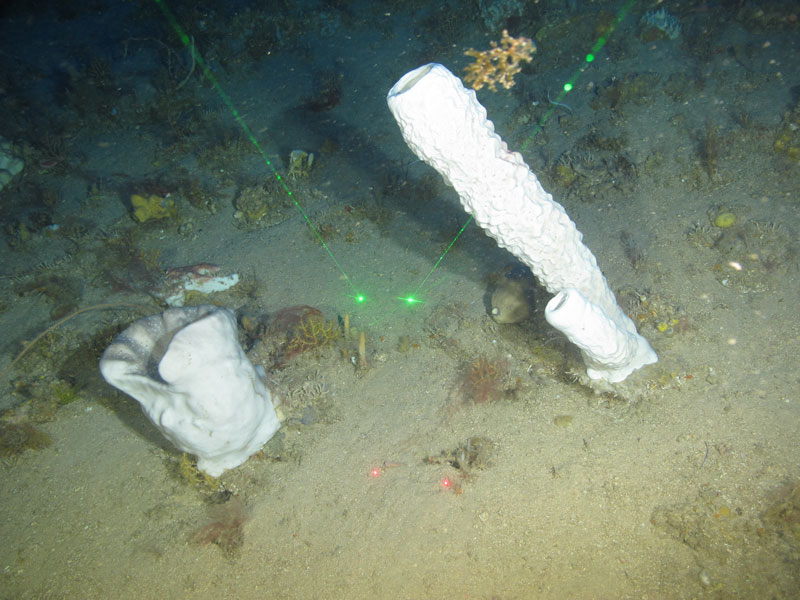
Download largest version (jpg, 5.06 MB).
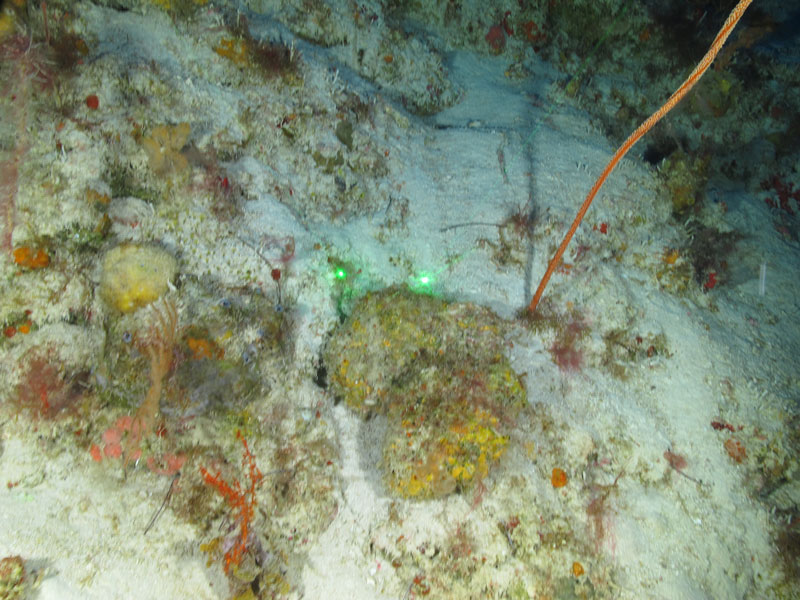
Download largest version (jpg, 4.72 MB).
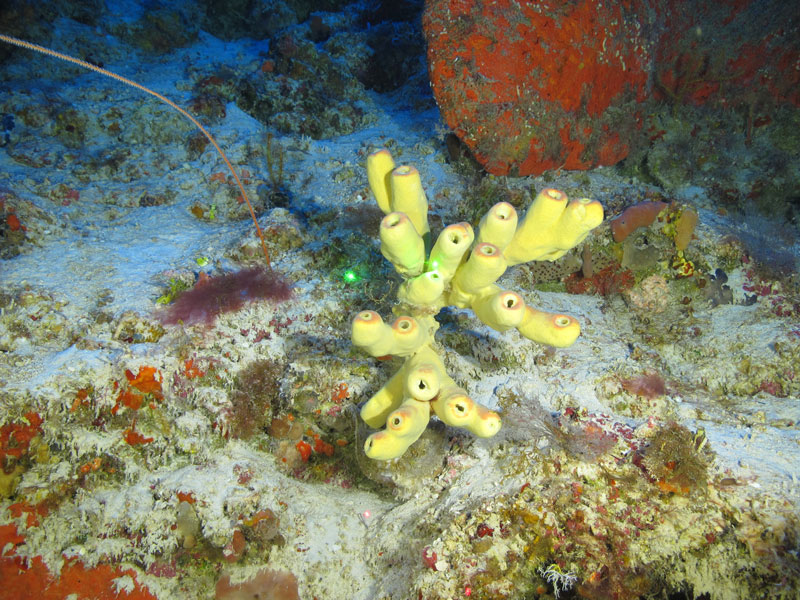
Download largest version (jpg, 6.43 MB).
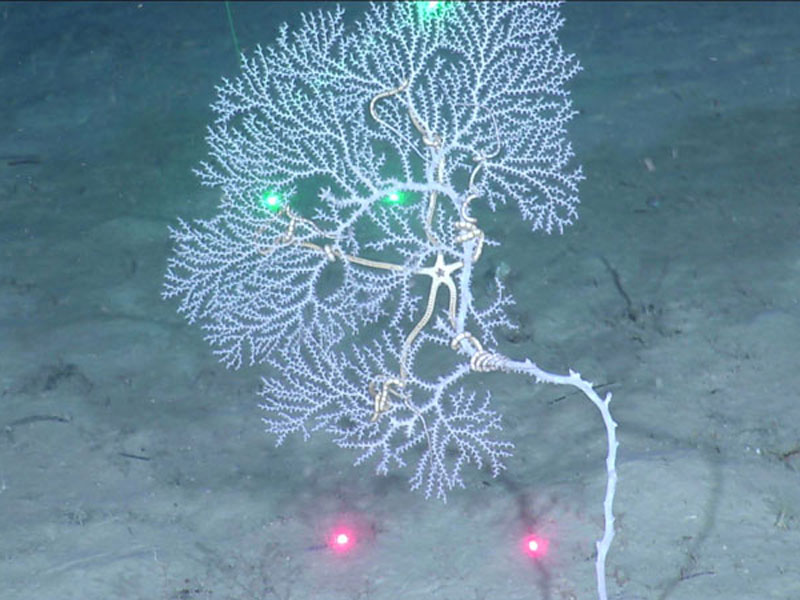
Download largest version (jpg, 772 KB).
In total, the team collected 136 samples: 112 sponges, 17 octocorals, 2 stony corals, 2 black corals, and 1 worm, as well as some red and green algae. One of the sponges collected may be new to science, but DNA sequencing will need to be done before we know for sure.
Features
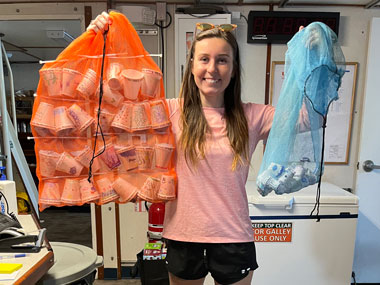
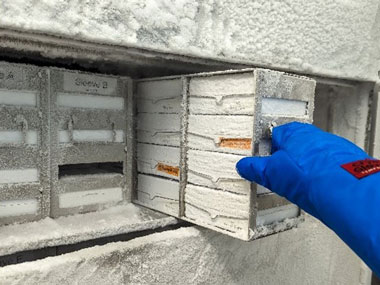
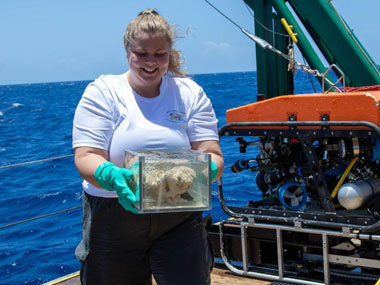
View Less
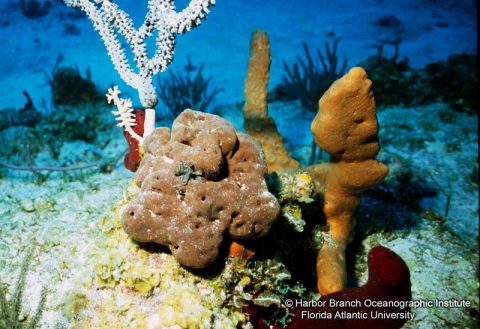
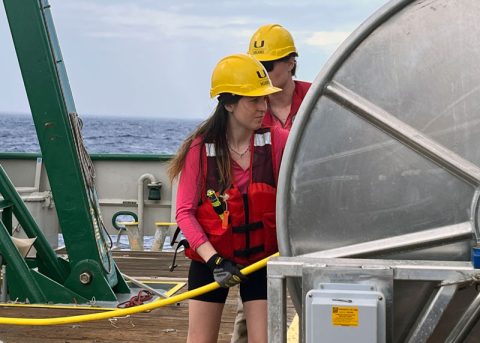
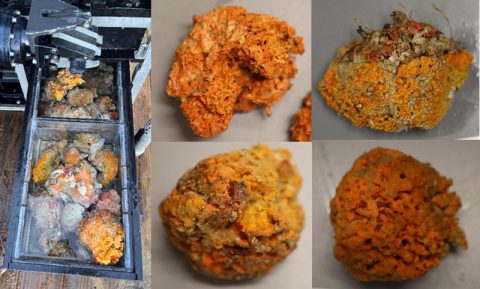

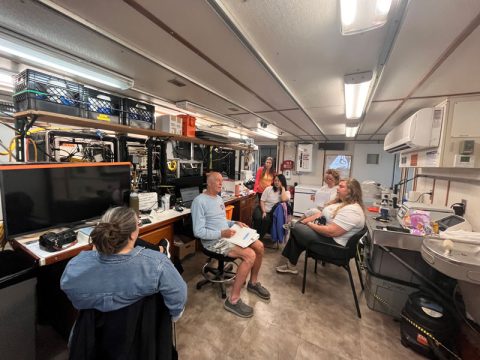
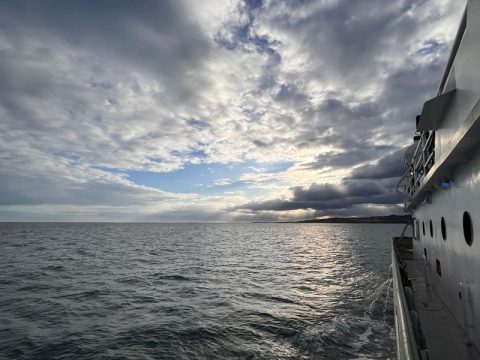
Multimedia
Featured multimedia assets associated with this project.
Education
Our Learn & Discover page provides the best of what the NOAA Ocean Exploration website has to offer to support educators in the classroom during this expedition. Each theme page includes expedition features, lessons, multimedia, career information, and associated past expeditions. Below are related top education themes for this expedition.
Meet the Exploration Team
Learn more about the team members and their contributions to this project.

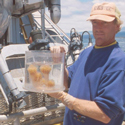
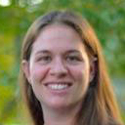

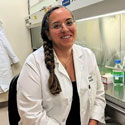
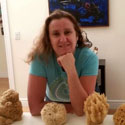
Resources & Contacts
-
Emily Crum
Communications Specialist
NOAA Ocean Exploration
ocean-explore-comms@noaa.gov -
Chelsey Matheson
Associate Director, Research Communications
Harbor Branch Oceanographic Institute at Florida Atlantic University
cmatheson@fau.edu

